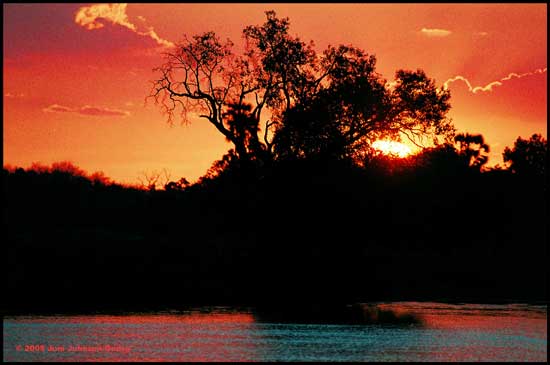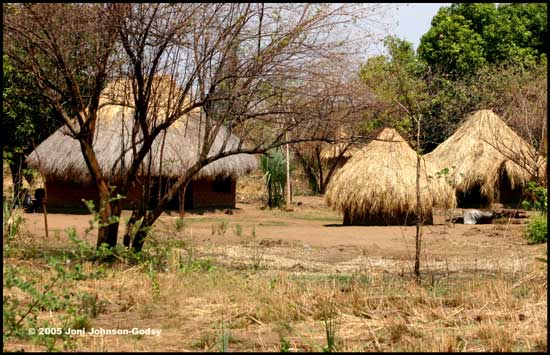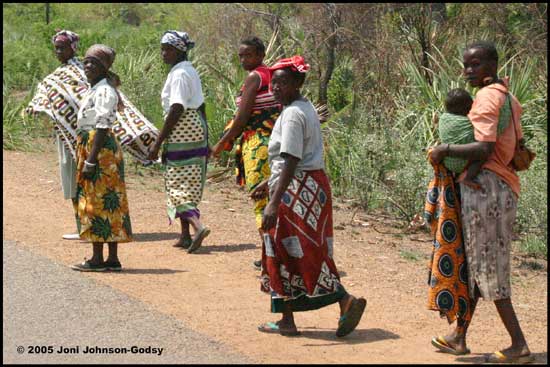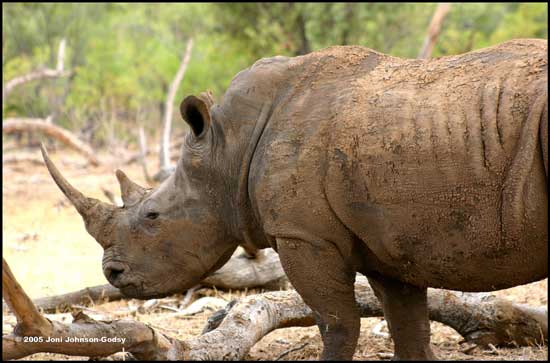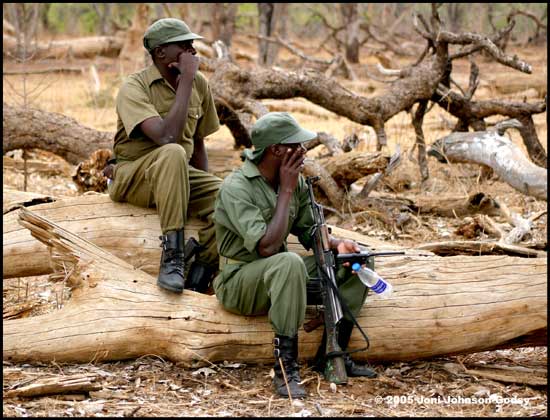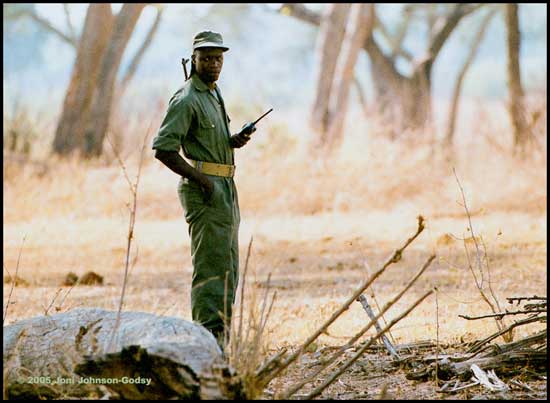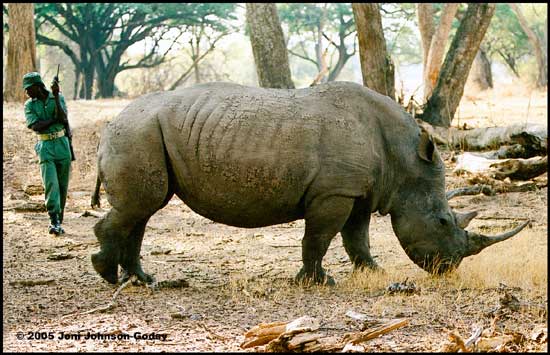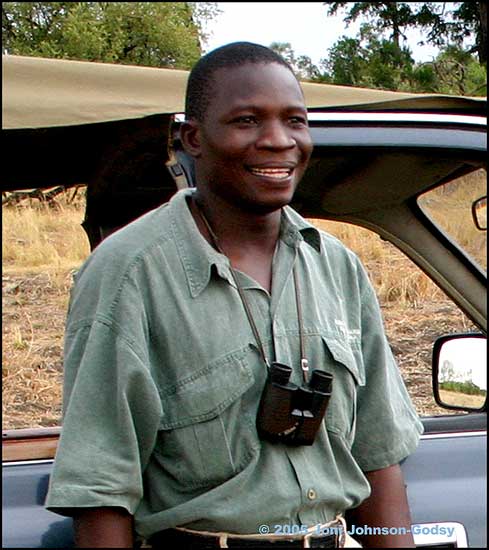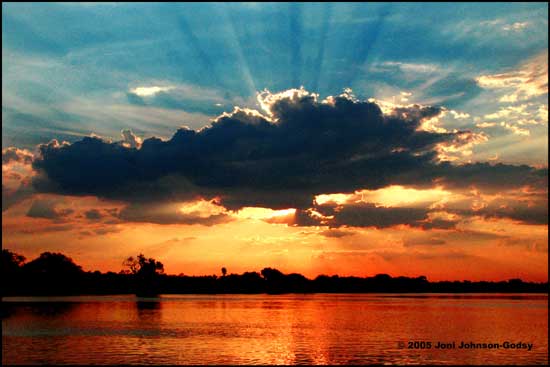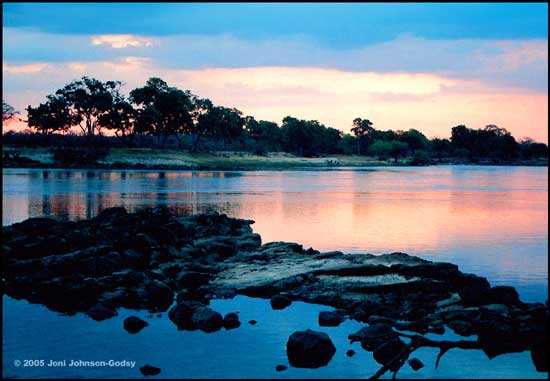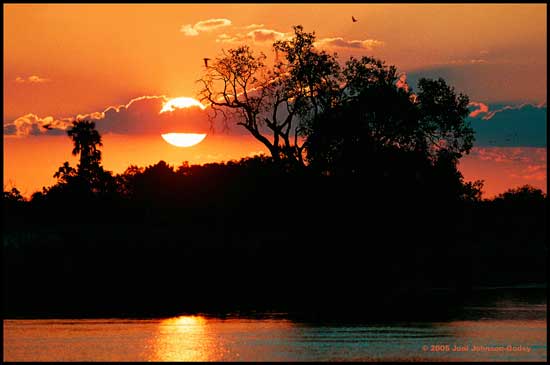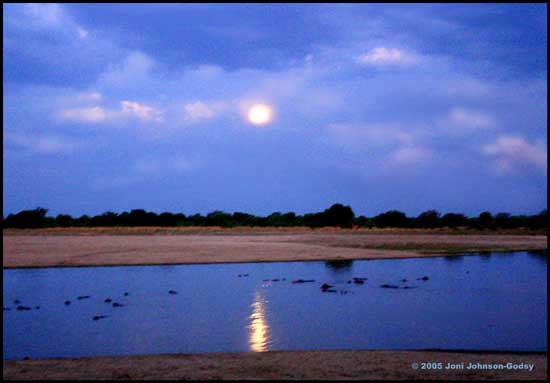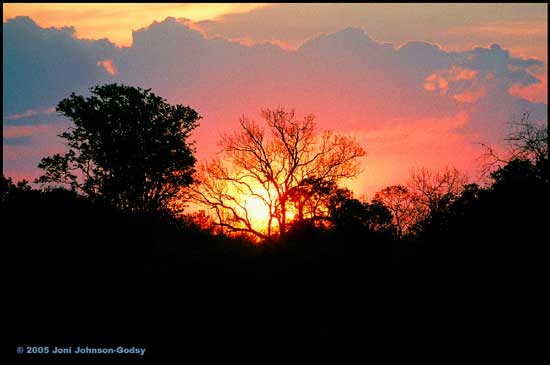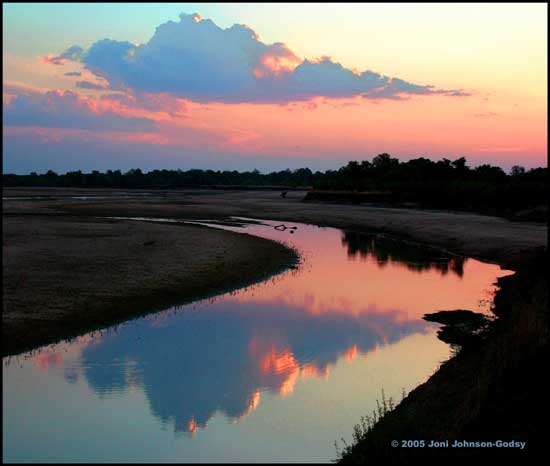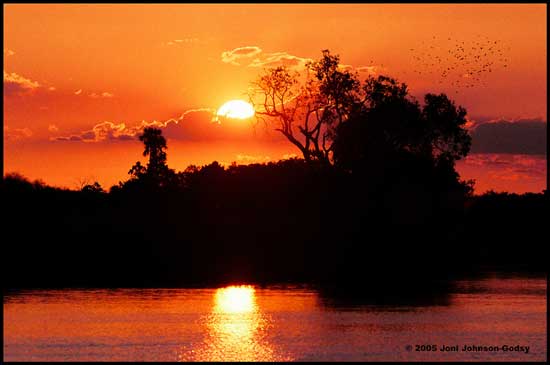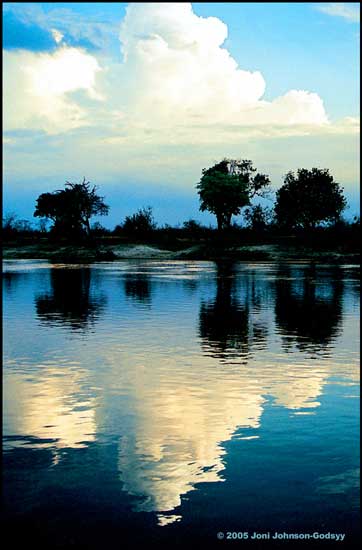ZAMBIA
Some stories just need to be told. When you travel around the world you see a variety of interesting things, meet numerous interesting people and have a wide range of interesting experiences. But once in a while you see a situation that is more than just interesting. It can be downright tragic. Alan and I traveled to Africa for a second time in the fall of 2005. Once again, we were on photographic and editorial assignment for Simon and Baker Travel Review. We traveled to a variety of luxury safari accommodations, this time concentrating our efforts exclusively in the country of Zambia. I was also there to study and photograph the enormous variety of wildlife that lives in the vast Zambian bush. Zambia, like so many countries in southern Africa, is sparsely populated and poverty is a constant companion of the majority who live there. The countryside is lightly dotted with tiny villages. Miniscule grass huts huddle in small clusters on the dusty ground with occasional scrub trees, palms and pencil cactus scattered around these areas. A “store” where one can purchase fresh produce may consist of a few boards pounded together with meager nails, perched on the edge of a little village by the dusty roadside. In some villages, these “stores” are the only way to buy anything that the families have not grown for themselves.
Zambian village
The main means of transportation around and between villages is one’s own feet, or if you are very lucky you might have an old bicycle. Bicycles are special and rare and some carry more than one passenger on them. One in particular that I saw had four people piled on, riding in an assortment of uncomfortable positions making the job of the woman who was the main source of power and steering particularly difficult. This bicycle, with its overtaxed tires and driver swayed loosely back and forth along the roadside in a wide, arcing zigzag pattern, I was sure I saw it trembling slightly under the weight of so many passengers. Some of the roadside stores also sell old clothing and even bicycle tires. After all a bicycle tire that is flat is an equalizer, creating the inevitable end result of walking, just like everyone else. With acute poverty as a backdrop it is easy to see how the stage can be set for disaster. Desperate situations often spawn desperate solutions. In the past, the surrounding wildlife was worth a great deal to the local people. They would hunt animals simply for their own needs of dietary protein in their villages. An antelope would feed an entire family for several days or even weeks. But when the national park systems were set up and animals suddenly were protected, hunting, once legal…became poaching. With the protein source of the villagers suddenly cut off, poverty grew even deeper. There was little monetary gain from the numerous antelope that roamed about and livestock was difficult to keep because of the varied predators that haunted the villages after dark. But in the 1970’s the winds of change brought a new opportunity for people brave and desperate enough to take advantage of it. Thanks to the sometimes misguided beliefs of ancient Chinese medicine, there was one animal that now stood out from all others. This animal suddenly had become one of the most valuable living creatures on the planet. To kill this animal was to illegally poach it, but the rewards were great. In fact the rewards were tremendous…perhaps even worth dying for… The unfortunate star of this tragic story is of course, the rhinoceros. In the early 1970’s and before, rhino were quite abundant in the country of Zambia, numbering in the 5000’s, maybe even more. There became an ever increasing demand for rhino horn which the Chinese believe to be very effective as an aphrodisiac. This horn (which is actually nothing more than hair fibers that are woven tightly enough to form a hard, solid mass) was and still is, worth an absolute fortune. The animal was shot and only the horn was removed, leaving the rest of the great creature to rot in the African sun. Within less than two short decades this prehistoric beast who had survived ice ages, drought, famine and disease since the dawn of time, was completely gone. The one obstacle that the rhinoceros could not overcome was the greed of man. By the mid 1990’s the rhinoceros was completely extinct in the country of Zambia and nearly so in most other African nations. It was the tireless work of many conservation organizations but most notable, CITES (Convention on International Trade in Endangered Species) that found the source of most of this unbridled greed. Necessary steps were taken to slow the poaching. It was a long and arduous task and complete success has not yet been realized. But the steps that have been taken are in the right direction. With continued work the rhinoceros may have a future, albeit an uncertain one. We owe a great deal to the dedicated individuals in these organizations who often put themselves at enormous personal risk while working undercover, to ensure that our great-grandchildren will know what a rhinoceros looks like.
The rhinoceros, fading from reality into memory There are now two rhinos in the country of Zambia…yes, TWO. Having been imported from South Africa, both reside in a small but bountiful park called “Mosi-Oa-Tunya” (“the smoke that thunders”) not far from Victoria Falls. There is only one way to keep rhino in Zambia now, and that is under armed guard twenty-four hours a day, seven days a week. These two animals are never left unattended. They wander wherever they desire within the park. It is up to the guards to keep up with them and watch their every move. These white rhino are so precious that their food is even supplemented with alfalfa during the dry season. Nothing is left to chance as this country attempts to heal the deep wounds of the past.
Tireless guardians During our stay, we were fortunate to visit these two rhinos, who are nearly celebrities in their own country. They are a perfect pair, a male and female, and they spend all of their time together. The guards that keep them safe are almost completely disregarded by these huge beasts, as the men have become a permanent fixture on the landscape of their lives. When the guards reveal the supplemented alfalfa, the rhinos come running, like dogs to a bone. These four souls, two rhinos and two guards move about as one living organism. It is a symbiotic relationship spawned by greed.
The keeper of a species
Symbiotic companions While visiting Mosi-Oi-Tunya National Park, we had a new guide in training accompanying Alan and I and our regular guide. Although Mwila had grown up in a nearby village and had gone through the intensive study required to be a safari guide, he had never in his life seen a real rhinoceros. He had learned all the facts that he needed to know about the animal in order to answer any questions safari visitors may ask, and he could pick one out in a field guide. But up until the first day we spent together, for Mwila seeing a real rhino had only been a dream. Most children in the United States have at one time or another made a visit to a local zoo. To see a rhino in the flesh is not a particularly notable event in the life of an average American child. But it was a magical moment we shared in the life of this young safari guide as he rested his eyes for the first time on a dream. It was a magical moment for me too, as I witnessed an almost spiritual passion, and an enthusiasm unlike anything I had ever before seen. That day changed Mwila’s life. It also changed mine.
Mwila All this talk about rhinos is certainly not at the expense of all of the other fabulous animals we viewed while in the beautiful country of Zambia. We watched countless mammals and birds. We witnessed new beginnings with the springtime births of hundreds of tiny impala. We witnessed the sad endings of animals being brought down in a kill, in a way that only nature can excuse. Africa is full of excitement and contradiction. It is an exaggeration of nature in the rawest form, and is perhaps the best example of how man fits in to this scheme, for better or for worse. The plight of the rhino really struck a chord with Alan and me, and brought into sharp focus the tragic drama that plays out as specie’s struggle for their place in a world now so dominated by one, who is perhaps not so wise. How it will work itself out in the end is anyone’s guess. But I have an optimistic vision of the future, as we learn from mistakes of the past, and slowly gain the wisdom we need to be worthy landlords of this fascinating planet. The animal life of Africa is what this land is most famous for. But one cannot overlook other extraordinary attributes as they visit this great continent. The following is a photographic tribute to the stunning skies of Zambia:
|
